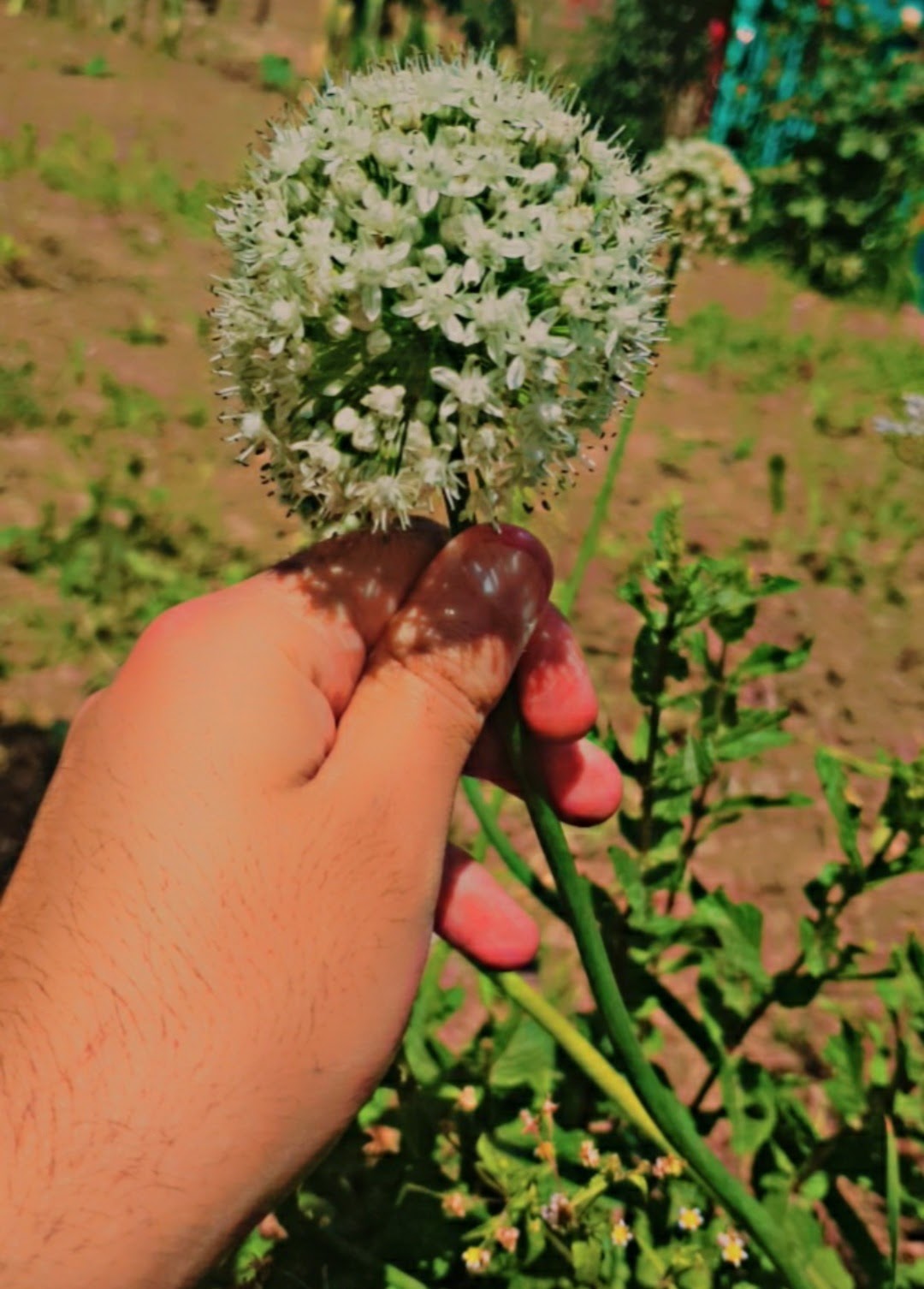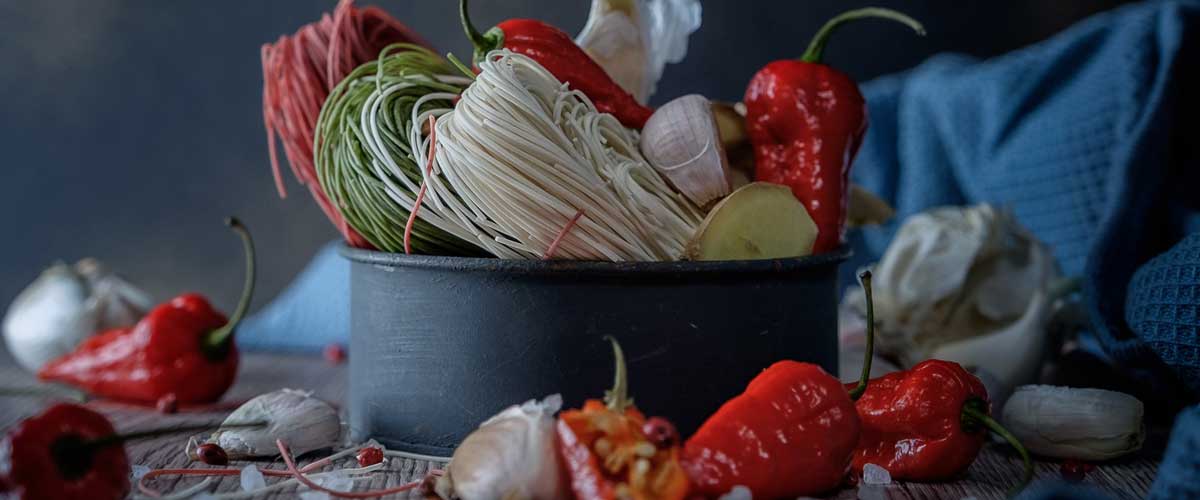Certainly, here's an in-depth explanation about high-fiber foods, their benefits, and examples of foods that are rich in fiber:
Dietary fiber, an essential component of a balanced diet, offers a host of health benefits, from promoting digestive health to aiding in weight management and reducing the risk of chronic diseases. Foods high in fiber are a crucial part of a healthy eating plan, providing both soluble and insoluble fiber that supports various bodily functions.
1. Benefits of Dietary Fiber**:
Digestive Health**: Fiber adds bulk to stools and helps prevent constipation by promoting regular bowel movements. It also supports the growth of beneficial gut bacteria, which are essential for a healthy digestive system.
Weight Management**: High-fiber foods tend to be more filling, leading to increased satiety and reduced overall calorie intake. They also slow down digestion, helping to control blood sugar levels and curb overeating.
Heart Health**: Soluble fiber, found in foods like oats, beans, and fruits, can help lower blood cholesterol levels by binding to cholesterol and promoting its excretion. This, in turn, reduces the risk of heart disease.
Blood Sugar Regulation**: Fiber can slow down the absorption of sugar, preventing rapid spikes in blood sugar levels after meals.
This is particularly beneficial for individuals with diabetes or those at risk of developing it.
Colon Health**: Insoluble fiber adds bulk to stool, speeding up its movement through the digestive tract. This can help reduce the risk of colon-related issues and even certain types of cancer.
2. Fiber-Rich Foods**:
Whole Grains**: Whole grains are excellent sources of dietary fiber. Examples include oats, brown rice, quinoa, whole wheat, and barley. These grains retain their bran and germ layers, where much of the fiber resides.
Legumes**: Beans, lentils, chickpeas, and peas are high in fiber and protein. They're versatile ingredients that can be added to soups, stews, salads, and various dishes.
Fruits**: Many fruits are high in fiber, particularly when consumed with their skin. Berries like raspberries, blackberries, and strawberries are renowned for their fiber content. Apples, pears, and citrus fruits are also good options.
Vegetables**: Leafy greens, broccoli, Brussels sprouts, carrots, and sweet potatoes are rich in fiber. Incorporating a variety of colorful vegetables into your diet ensures a diverse fiber intake.
Nuts and Seeds**: Almonds, chia seeds, flaxseeds, and sunflower seeds are fiber-packed snacks that can be enjoyed on their own or added to yogurt, oatmeal, or smoothies.
Bran and Bran-Containing Foods**: Bran is the outer layer of whole grains that's rich in fiber. Bran cereals and whole-grain breads often contain added bran for an extra fiber boost.
Psyllium Husk**: Psyllium husk is a soluble fiber supplement that can be added to foods or beverages to increase daily fiber intake.
3.Increasing Fiber Intake**:
Gradual Increase**: When increasing fiber intake, it's important to do so gradually to allow your digestive system to adjust. Suddenly consuming large amounts of fiber can lead to gas, bloating, and discomfort.
Hydration**: As fiber absorbs water, staying hydrated is essential when consuming high-fiber foods to prevent constipation.
Balanced Diet**: Aim for a balanced diet that includes a variety of foods from different food groups to ensure you're getting a broad range of nutrients.
Reading Labels**: When purchasing packaged foods, read the nutrition labels to identify the fiber content. Look for products with higher fiber content and minimal added sugars.
Meal Planning**: Plan meals that incorporate a mix of fiber-rich foods. For example, a breakfast could include oatmeal with berries and nuts, while lunch might feature a mixed salad with beans and whole grains.
In conclusion, including a variety of high-fiber foods in your diet offers numerous health benefits, ranging from improved digestive health to better weight management and reduced risk of chronic diseases. By incorporating whole grains, legumes, fruits, vegetables, nuts, and seeds into your meals and snacks, you can easily increase your fiber intake. Remember to stay hydrated and introduce fiber gradually to avoid any digestive discomfort. Overall, a diet rich in fiber contributes to a healthier and more balanced lifestyle.
Tags
Health & Fitness




















